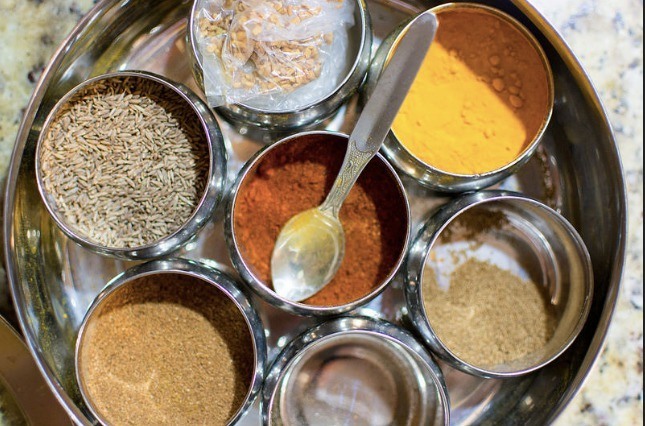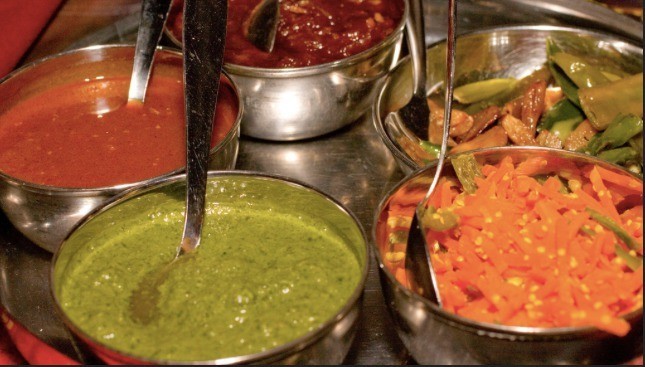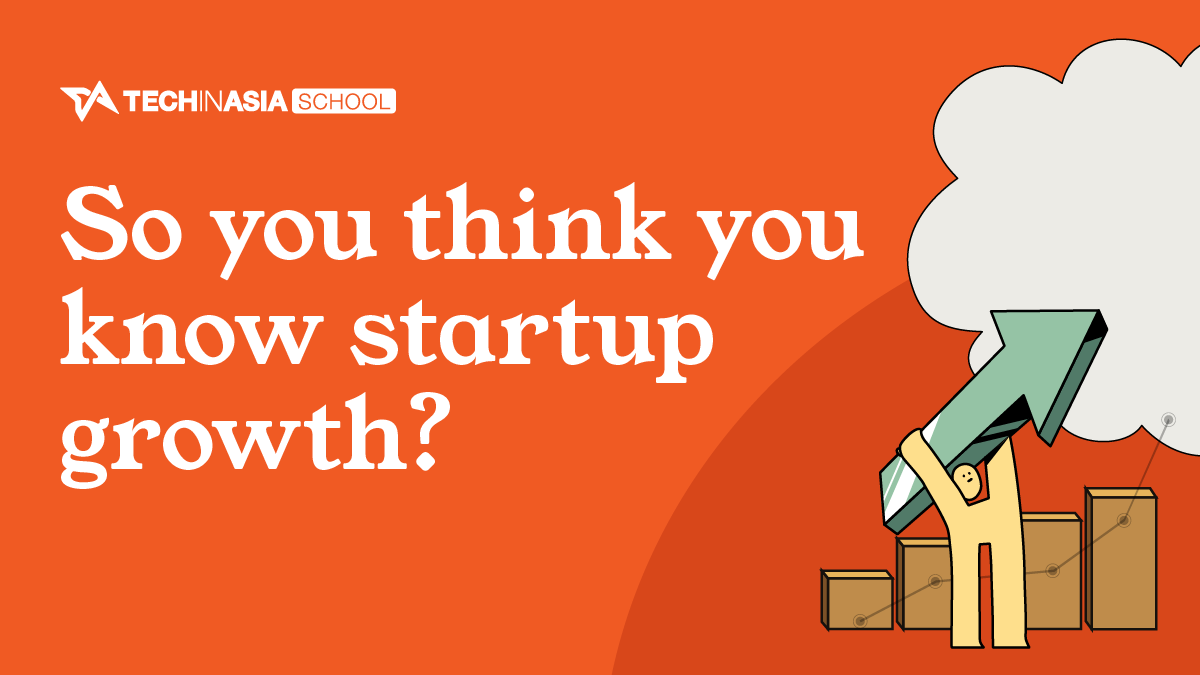Cucumbertown: where anything is possible for food bloggers
While food blogging may seem like a fun pastime, an inside look exposes a cutthroat industry. For the few who make it, revenues can provide enough income to quit their daily jobs. For the rest, there isn’t much left apart from the scraps of unvisited recipe blogs on the second page of Google’s search engine.
The four co-founders of food blogging network Cucumbertown didn’t like these dire extremes. “There’s an unfair advantage that many food bloggers have,” explains CEO Cherian Thomas. “It’s hard for a single person to do it alone. Without a business team on your side, many talented people are overshadowed. There are also plenty of people who don’t want this to be their full time job — what about them?”

Cucumbertown, a self-professed “YouTube for food bloggers,” allows users around the world to publish their recipes to a global audience. Bloggers that use Cucumbertown are provided with a series of useful tools, including a data analytics dashboard and RecipeWriter, a recipe organizer that takes user inputs on things like ingredients and preparation time and formats them into an easy-to-read recipe. Cucumbertown has also launched RecipeCam, a video app for recording recipes in a series of easily accessible steps. Cherian explains that these tools more than halve the time it would otherwise take to submit a post online.
Unlike other websites, the data that a blogger uploads to Cucumbertown is not entwined with the site. If a user decides to leave, they are presented with the option of downloading their entire blogging history in order to upload it elsewhere.
A blogger needs more than a place to post recipes
When Cucumbertown was first launched in 2012, the team stated that their mission was to act as “stenographers for writing recipes”. Food bloggers would use the platform to present their recipes, network with others, and share their work on social networks.
Soon, however, the team began to notice a trend. Once an individual gained enough followers, they would leave in order to start an independent blog. This was usually unsuccessful. “If you look at a typical famous food blogger, it’s generally a duo– one with the content and the other with more of a business acumen,” explains Cherian. “Some of these people are making up to US$35,000 a month.”
In order to democratize the gap between amateur “recipe bloggers” and professional food bloggers, Cucumbertown decided to shift its model. With the pivot came custom domains and a set of niche tools. Now, food bloggers could use data analytics to produce the right content at the right time, decorate their blogs from a set of customized photos and organize their recipes by differentiators like “cuisine” and “difficulty”.

The new, integrated site propelled Cucumbertown into the spotlight and convinced a series of successful independent bloggers to move on to the platform, including Nandita Iyer, the face behind famous food blog SaffronTrail. “Some of our readers have up to 500,000 page views,” explains Cherian. “We’ve gone from pitching to people to having a 3 month long waitlist.”
There is global interest for food creativity
Most of Cucumbertown’s customers do not live in India. “I was shocked to see that people are really interested in finding out about Indian recipes,” explains Cherian. “Some were Indians that lived abroad but, really, many were people entirely new to the cuisine.” Although the demographic of Cucumbertown’s bloggers tends towards women between the ages of 28-45, there are many strong outliers. “We have notable grandmothers blogging, and many strong male bloggers. You can’t have just one demographic contributing to a blog about food. It’s a large scale cultural thing.”
The site currently has readers from over 162 countries, with the largest readership coming from the United States. “Our audience is so widely distributed that we don’t even have patterns of incoming user waves,” explains Cherian. “Different cultures cook at different times across different time zones, so we always have activity.”
Even the foundations of the network embody the spirit of cross-cultural exchange– the four founders, Cherian, Arun Prabhakar, Dan Hauk, and Chris Luescher are based out of India, Switzerland and the United States respectively and did not meet until they launched their product. Dan Hauk left Cucumbertown in August 2013 and Chris Luscher during the CookPad acquisition in 2015.
The possibilities are endless
Cucumbertown has raised two rounds of funding, including a series A round from Detroit-based Ludlow Ventures and Helion Ventures. In June, Cucumbertown was acquired as an independent subsidiary by Japan’s largest recipe site, Cookpad. Outside of Cucumbertown, Cookpad has also acquired Shahiya, a pan-Arabian, food-focused social website in November 2014, giving it an interesting position in between some of the world’s oldest food cultures and modern technology.
In the next year, Cucumbertown plans to work mostly on helping bloggers monetize better by using its power to partner with large scale advertising platforms. “Ideally, we want to do for our bloggers what YouTube does for its creators,” says Cherian. “This includes integrating advertising on our site and basically streamlining their profits.” It also hopes to expand the language capacities of its website outside of English.
Although the world of food culture remains too disconnected for one food blogging website to take the entire pie, similar initiatives have popped up all over the world. In more mature ecosystems like the United Kingdom, websites like Foodies100 provide brands with an index of food blogs to communicate with. This provides an interesting blueprint for Cucumbertown’s next steps towards monetization.
Cucumbertown, directly translated from the Malayalam phrase vellarikka pattanam, signifies a mythical town where anything is possible. As the food technology space heats up in India, Cucumbertown finds itself in a more important position than ever. The possibility that, one day, the two loose ends of recipes and grocery delivery may be connected in order to reveal a seamless continuum of delicious, global food shows that, really, anything is possible in Cucumbertown.
Cucumbertown
A platform for chefs, food bloggers, and home cooks to connect, share ideas and food secrets.
- Location
- United States
- Founded
- 2012
- Employees
- 2 – 10
- Website
- www.cucumbertown.com
- Latest Funding
- M&A
- Hiring
- 0 positions
Recommended reads
 60/40 Podcast: Unpacking Chocolate Finance, Manus AI, and more
60/40 Podcast: Unpacking Chocolate Finance, Manus AI, and more Animoca co-leads $1.75m round of IreneDAO creator
Animoca co-leads $1.75m round of IreneDAO creator The practical lessons in Grab’s AI marketing playbook
The practical lessons in Grab’s AI marketing playbook GudangAda gears up for challenges as it guns for profitability
GudangAda gears up for challenges as it guns for profitability Don’t play nice: guerrilla marketing for SaaS startups
Don’t play nice: guerrilla marketing for SaaS startups Podcast – Lessons from the collapse of HelloGold’s consumer business
Podcast – Lessons from the collapse of HelloGold’s consumer business SoftBank-backed Swiggy to shed 380 employees
SoftBank-backed Swiggy to shed 380 employees So you think you know startup growth
So you think you know startup growth How ecommerce firms can get the most bang for their buck with digital advertising
How ecommerce firms can get the most bang for their buck with digital advertising Market insights startup nets $1.5m seed money
Market insights startup nets $1.5m seed money
Edited by C. Custer & Steven Millward, Images by David D, Jessica and Lon Binder
(And yes, we’re serious about ethics and transparency. More information here.)









